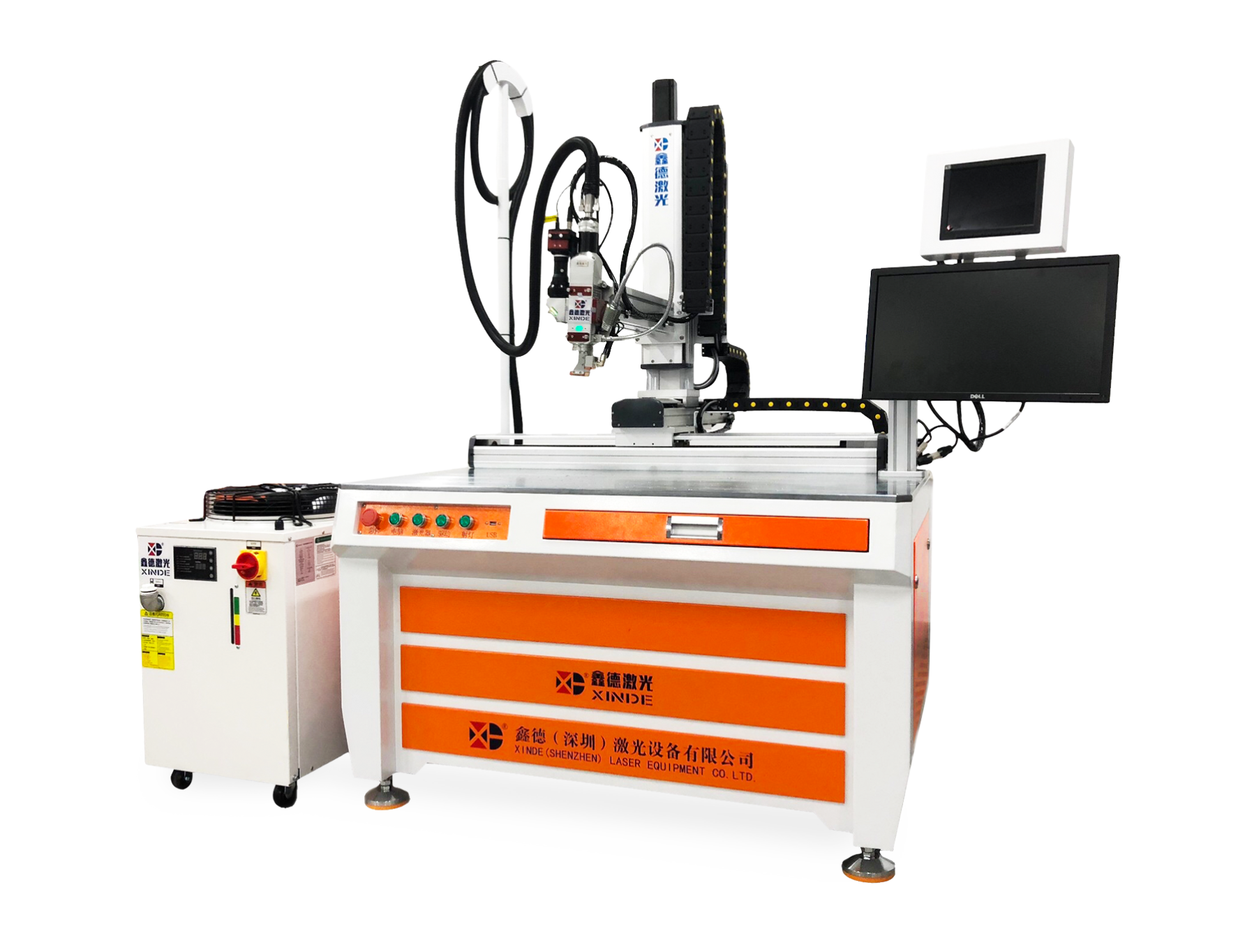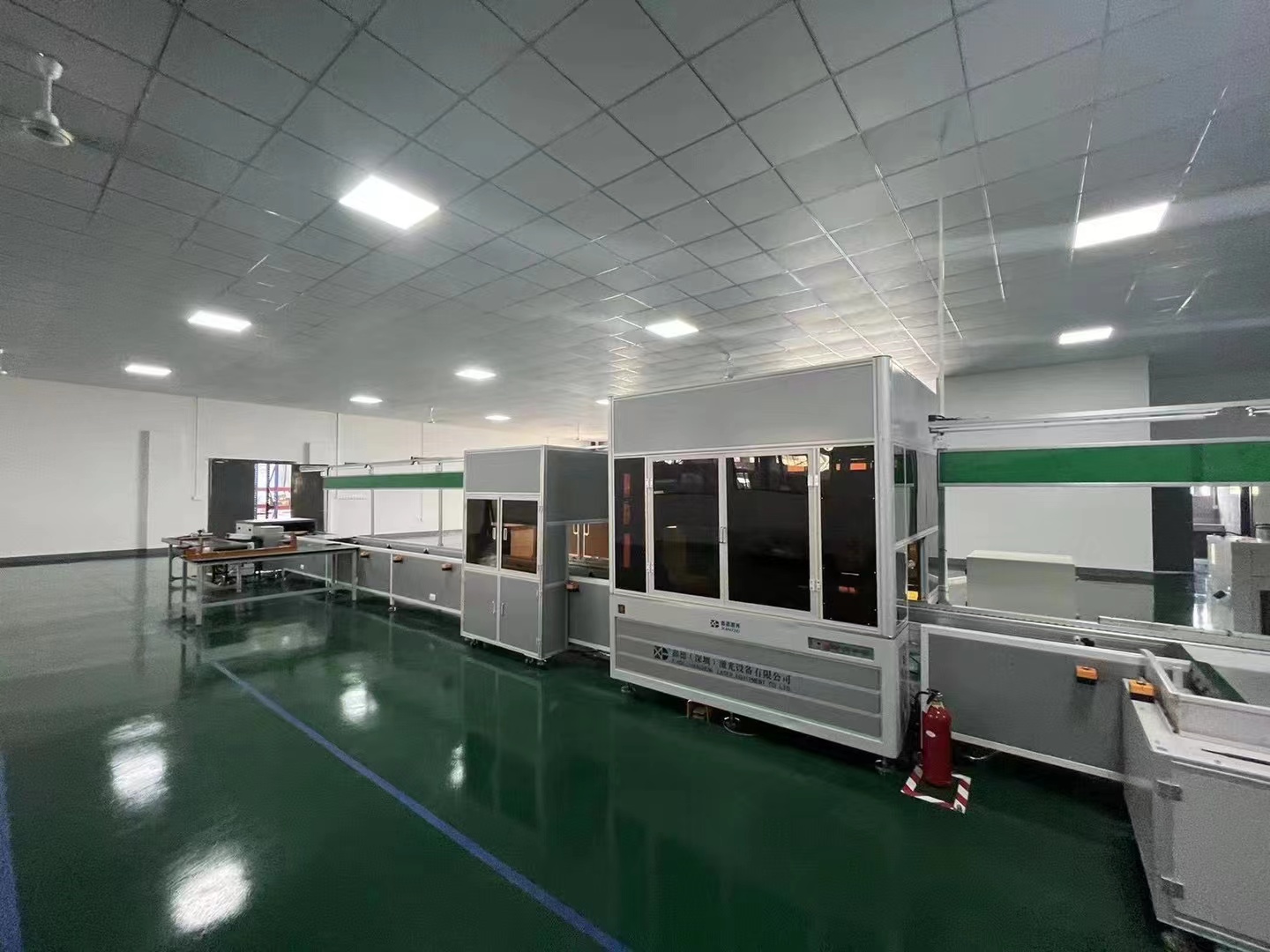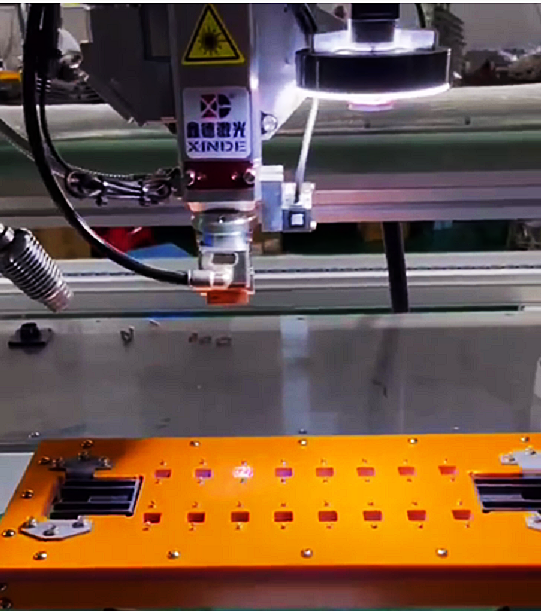Because of the continuous improvement and innovation of the new technology of manufacturing industry in our country, laser welding is now widely used by some high precision and high-density manufacturing industries, such as medical instruments, precision manufacturing, automotive, metallurgy and other industries. But in the application of laser welding, we should also pay attention to its advantages and disadvantages, that is, we must pay attention to and understand in the operation:
1. Disadvantages
First, laser welding will overflow. In the process of laser welding, once the metal melt pool at the welded joint is enlarged, or the location of welding is not accurate, the molten metal will spill over, and this will be combined with the base metal again.
Second, the welding bias of laser welding, which is the welding passage deviation of the cross section of laser welding.
Third, strengthen the high too high. The general welding operation has a clear standard for strengthening the height. Once the standard is higher, it will affect the bearing capacity of the product structure.
The above three laser welding operations will appear in the problem, in the laser welding operation is specified standards. Generally, in the process of operation, these problems can be found by visual inspection. If timely and effective disposal can avoid the defects caused by laser welding.
Two, advantages
Advantage 1: Laser welding is not restricted by the environment. Normal operation can be carried out in normal temperature, vacuum or other environment. In the environment of electromagnetic field, laser welding beam will not "go astray".
Advantage two: laser can weld refractory, heterogeneous materials. Quartz, titanium and other materials can achieve laser welding, and the welding effect is also very good.
Advantage 3: Accurate positioning. In the process of laser welding, because of the concentration of laser beam, the power density will be increased, can accurately determine the position, suitable for the welding of micro materials.
Advantage four: welding material is not easy to deformation. Laser welding reduces heat and minimizes the possibility of material deformation due to temperature.
Advantage five: Because the laser welding operation does not use electrodes, so there will be no pollution and damage caused by electrodes.
Advantage six: For welding thinner and finer materials, there will be no remelting problems.
Advantage seven: laser welding speed is fast, can weld deeper joints, can effectively reduce material deformation.
The above seven points are only part of the advantages of laser welding, there are more advantages in the practical application of laser welding. If you want to know more, please contact us.

- 2023-06-01Square shell lithium battery module pack production line: ideal choice for achieving efficient production and high-quality products
- 2023-01-02Why is automatic laser welding machine so popular
 2022-12-29Definition and function characteristics of lithium battery automation pipeline
2022-12-29Definition and function characteristics of lithium battery automation pipeline 2022-12-27Welding manipulator will lead the future of welding automation
2022-12-27Welding manipulator will lead the future of welding automation 2022-12-24What factors are related to laser welding quality
2022-12-24What factors are related to laser welding quality

-
Inquire
- Mobile
- Mobile177-2247-7738
- Tiktok
- Video
- Top



